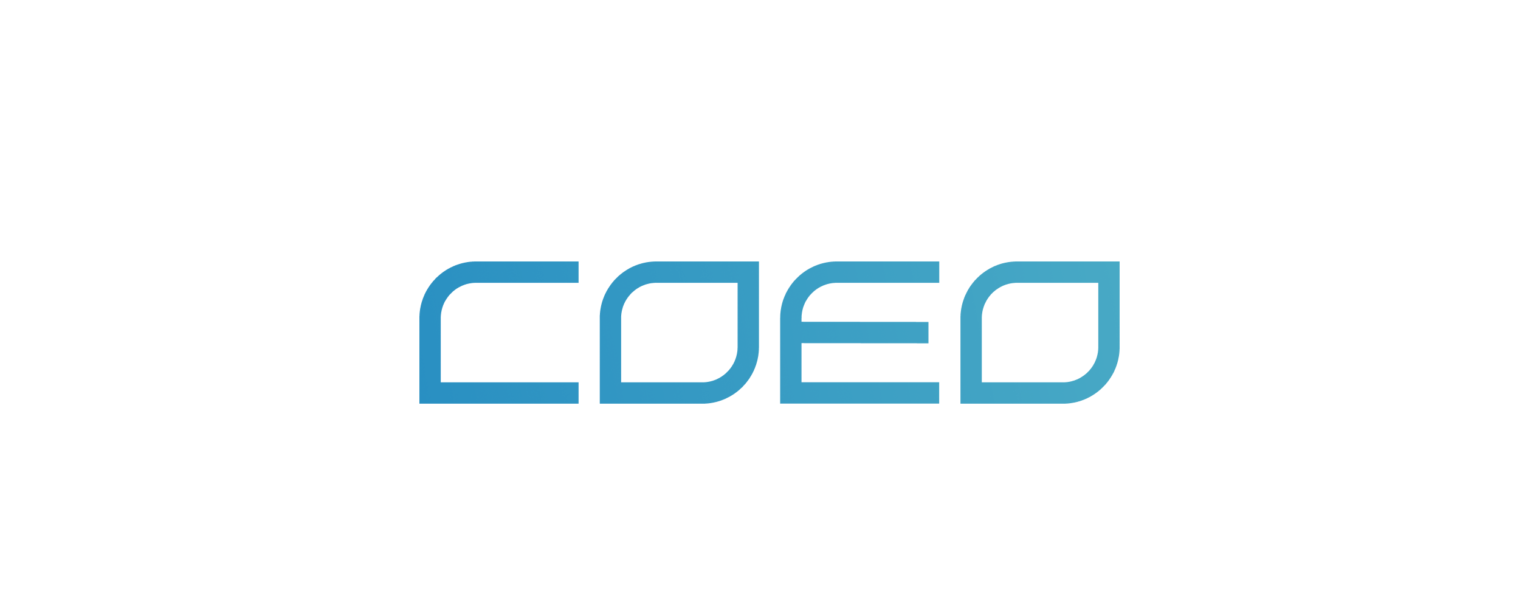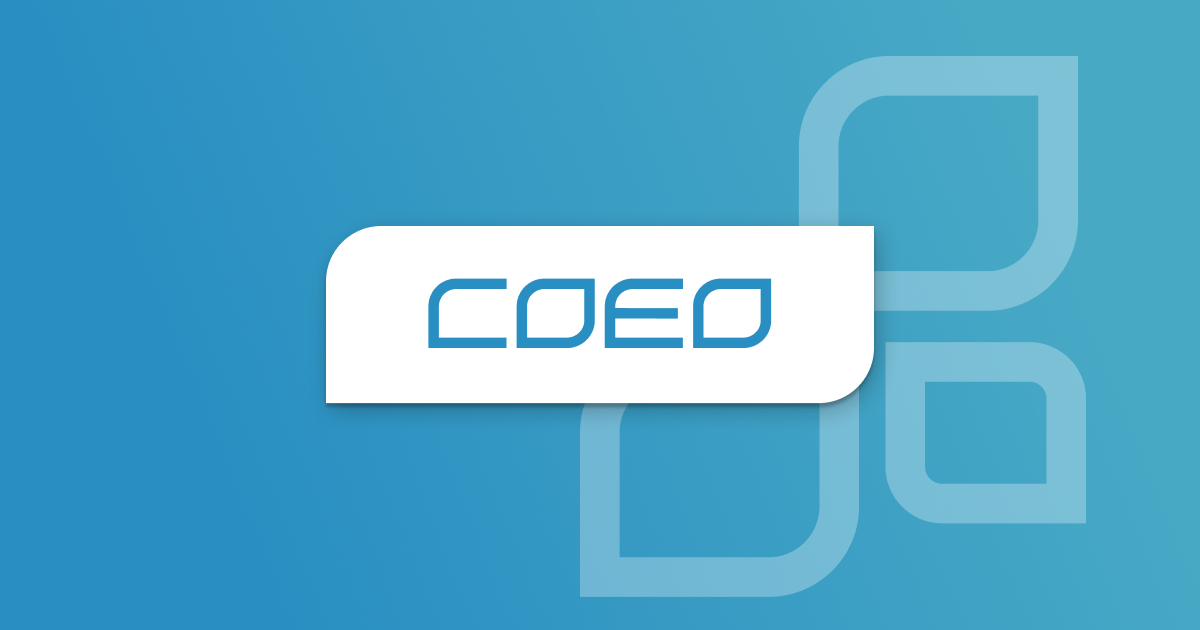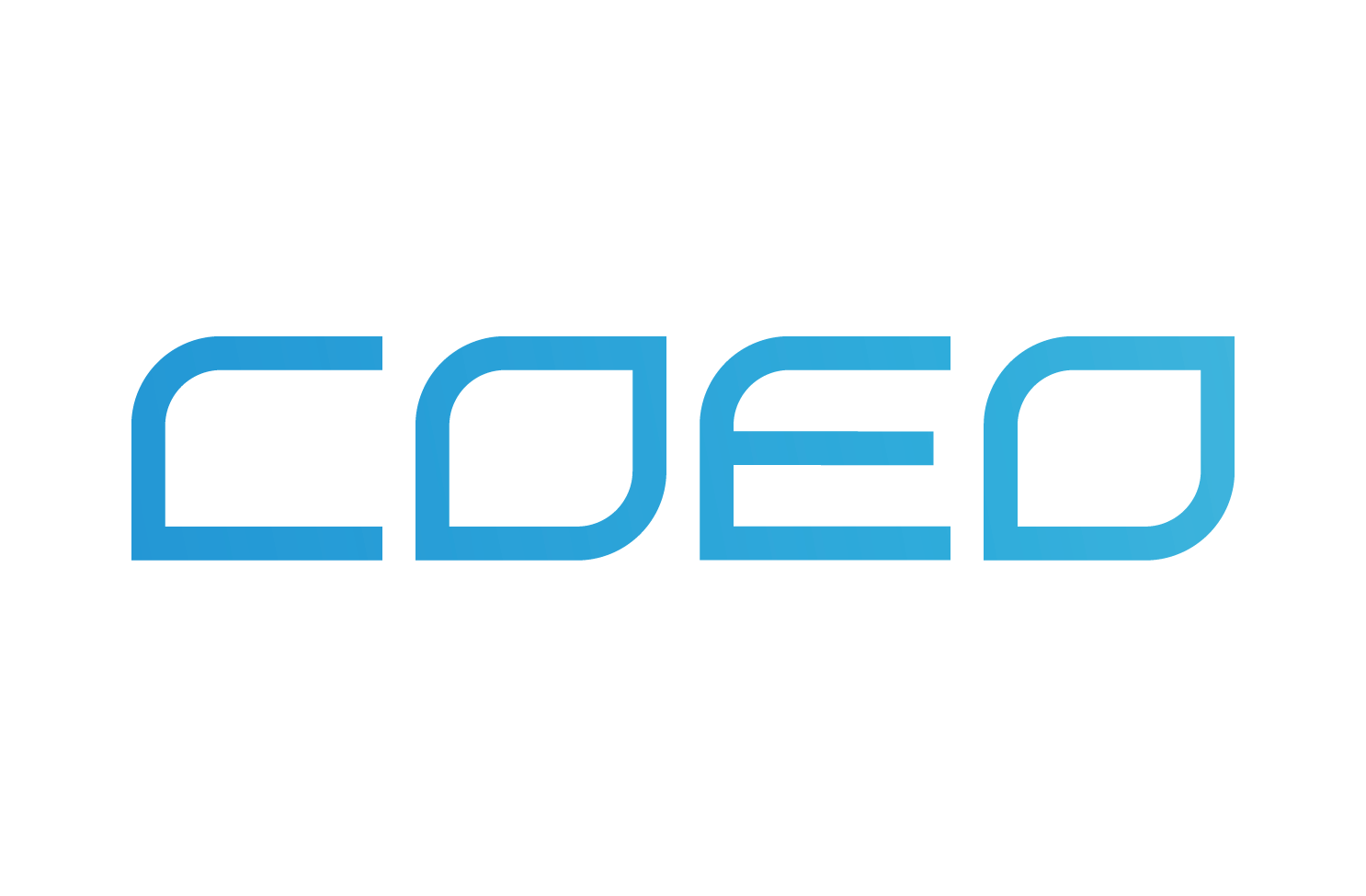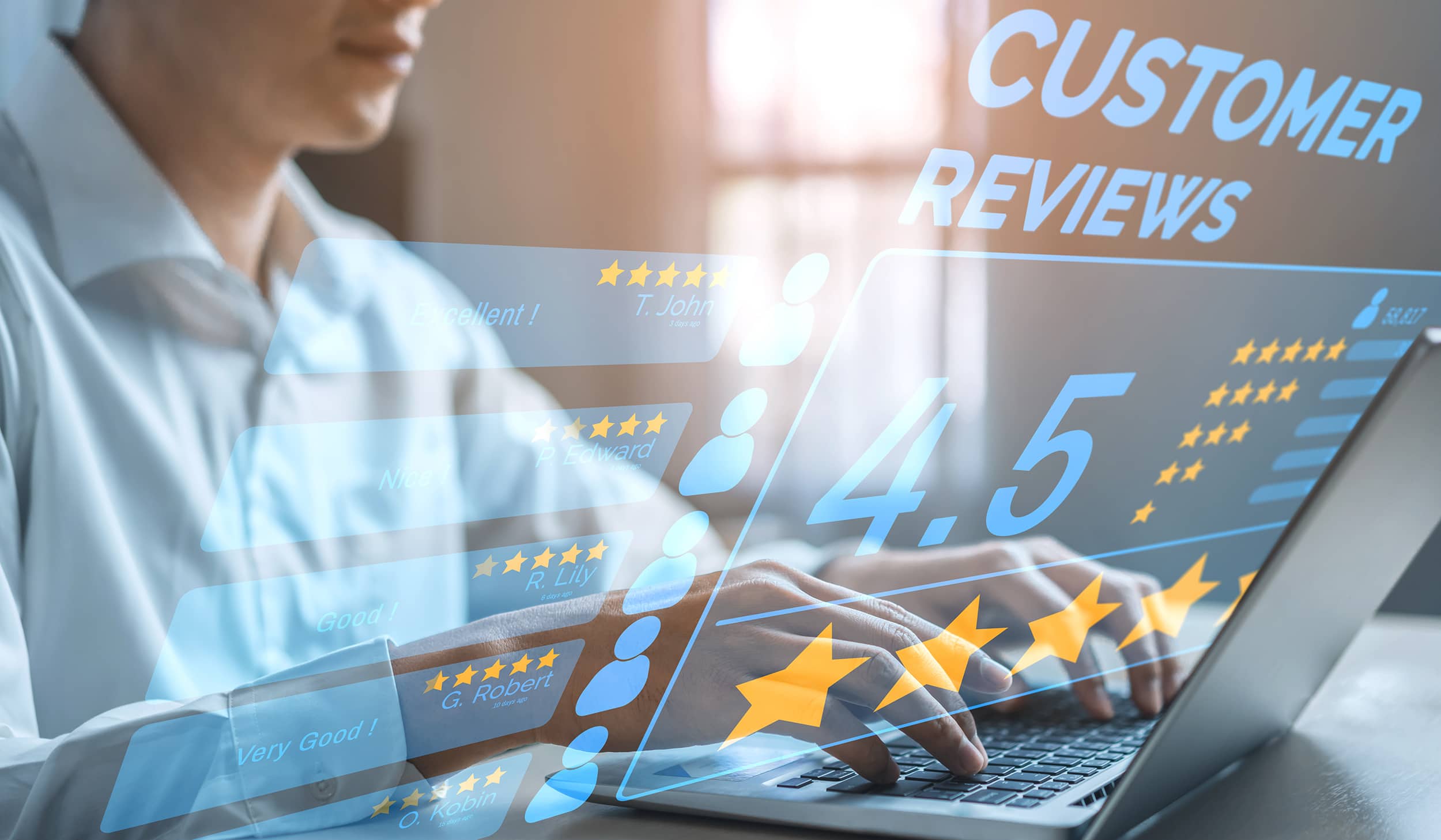Data analysis can often feel overwhelming if you’re unsure of what you are looking for. There’s a danger and concern that if the data is not read correctly you can lead your organisation down an incorrect path.
Experience is crucial for strategic decision making. We start with the anecdotal feedback and combine it with hard data, identify customer issues or blockages, then develop tactics to deal with them and run tests to measure their feasibility, we call it the Continuous Improvement Process (CIP).
Our strategic R&D teams now enjoy the benefit of acquiring years of experience in our customer feedback and design loop and deploy both sophisticated and simply designed processes to create our customer engagement improvements.
As an example, this year alone we’ll service over 2 million live customer accounts and monthly enjoy circa 213k inbound customer contacts, and it’s this volume and its exponential growth combined with our CIP that feeds our customer engagement evolution.
coeo UK in action: identifying trends
A simple tool we use is a software programme which aggregates the most commonly used words and phrases within our top 8 customer feedback channels to offer us a broad view of common issues.
We use this software to crawl through the conversation transcripts, clustering key information into word clouds as a part of our research and data analysis.
A welcome bonus is at the moment we’re enjoying the fruits of our ‘digital’ labour as the word clouds are often describing comments like ‘quick service’, ‘flexibility’ and ‘easy’ by customers commending our digital approach.
Obviously shifts in customer trends or software problems will cluster as negative words in the clouds which we see as an opportunity for development.
This feedback over the years has led to incredible collection developments like the implementation of autoresponders, live chat, and our bespoke customer portal where customers can query debts, address their balances, ask questions and set up payment arrangements helping them to have greater control of their own account.
Implementing feedback into action
Over the years we’ve developed a range of improvements based on customer trends and the CIP loop. Here are four examples of how the data has resulted in positive change for our services and and our clients’ return on investment.
In this blog we share 4 critical ways direct customer feedback has led to our collections growth:
- Going digital
- Payments
- Devices
- Accessibility
Let’s take a closer look…
Going digital
We all know a call centre team can sometimes be impractical, so why wouldn’t we provide a digital option for customers to manage their own account via an online portal?
Out of hours visits to our website show many people don’t want to discuss important matters during the normal working day.
A common question we had to ask ourselves early in our feedback strategy was: “how do we handle matters concerning our services at a time convenient to the customer?”
This gave birth to the constant review and development of our digital services: platforms that could offer access and answers to queries.
Therefore, it is essential for us, and other companies, to provide an online presence to give customers opportunities to handle outstanding matters 24/7 with no limitations on time or place.
Payments
10-15 years ago, most ad-hoc payments were made by cash or cheque and regular payments were simply made by direct debits and/or standing orders.
As a company built on the traditional foundations of the Collections industry, we still maintain these regular payment methods for that ever-shrinking market who prefer them. One-off payments, have however, considerably evolved with the introduction of digital wallets, PayPal, GooglePay and ApplePay.
A real success story has been our implementation, a number of years ago of PayPal, into our customer portal: MyCRS. Payments have increased via this method by 130% over the last twelve months and continues to rise at a substantial rate.
Whenever a customer has asked if we accept payments through a method we don’t currently offer, we immediately put this on the table internally and review the implementation of this method. This enhances our digital approach and ensures payments from customers are as convenient as possible.
Devices
Over 82% of customer payments are now made on a mobile, therefore it’s paramount that our mobile payment channels are easy-to-follow and use and have full functionality.
Our focus for a number of years was optimising accessibility on mobile phones and tablets and reviewing the data to understand the quickly changing habits of our portal visitors.
Whilst the payments coming from mobile phones have been increasing, only a little over 1% of our payments received are now made by tablet (information based on early 2020 stats). This has dropped from a massive 15% only 12 months earlier!
It’s essential that our App and website moves with the times, and customer feedback plays a huge part in developing new plans for devices.
Accessibility
One of the most frequent feedback issues received from our clients’ customers in a wide range of sectors including Insurance, Credit Finance, Utilities, Debt Recovery etc. is customers being abroad and alleging they cannot make payment.
More and more companies are now making it clearer on their websites and communications the options available to pay while outside of the country.
The move from the Highstreet to online purchasing has developed a digitally literate marketplace where online payments have become second nature and trusted.
Our feedback loop and analysis has shown that we have received payments from 6 out of the 7 continents in the last 3 months – access being available worldwide! We even analyse international conversion rates, with Australia having the highest conversion rate from login to successful payment.
Particularly for debt collection, customers’ ability to login online and manage their accounts from anywhere in the world is key to the, being able to keep up with their repayments where otherwise, detriment may be caused by their account falling further into the Collections cycle.
Final Words from coeo
Our company has evolved at an astonishing pace over the past few years and driving that change has been the realisation that the best way to adapt to our clients’ needs is to listen more and talk less.
That is why we developed our in-house ‘Continuous Improvement Process’ to leverage the incredible feedback we gather and use.
To find out what different channels your team can use and further examples of how we’ve actioned feedback into direct success download our whitepaper on leveraging customer feedback.





![The Insurance Industry And coeo [VLOG]](https://crscorporate.co.uk/wp-content/uploads/2022/10/Screenshot-2021-08-31-at-10.41.16.png)
![The B2B Industry And coeo UK [VLOG]](https://crscorporate.co.uk/wp-content/uploads/2022/10/Screenshot-2021-07-28-at-09.47.34.png)
![The Telco Industry & coeo UK [VLOG]](https://crscorporate.co.uk/wp-content/uploads/2022/10/Screenshot-2021-07-02-at-09.01.33-min.png)
![Pointing Everyone in the Right Direction [VLOG]](https://crscorporate.co.uk/wp-content/uploads/2021/03/Screenshot-2021-03-26-at-11.00.18.png)

